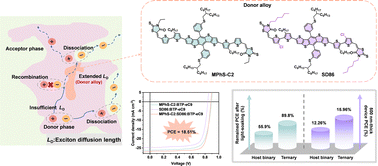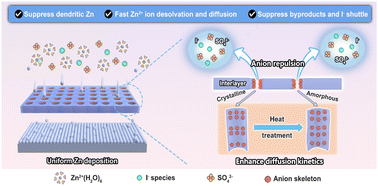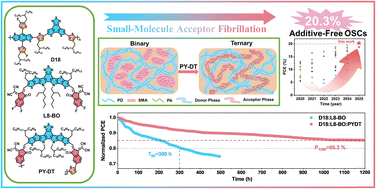Correction of pathogenic mitochondrial DNA in patient-derived disease models using mitochondrial base editors
by Indi P. Joore, Sawsan Shehata, Irena Muffels, Jose Castro-Alpízar, Elena Jiménez-Curiel, Emilia Nagyova, Natacha Levy, Ziqin Tang, Kimberly Smit, Wilbert P. Vermeij, Richard Rodenburg, Raymond Schiffelers, Edward E.S. Nieuwenhuis, Peter M. van Hasselt, Sabine A. Fuchs, Martijn A. J. Koppens Mutations in the mitochondrial genome can cause maternally inherited diseases, cancer, and aging-related conditions. Recent technological progress now enables the creation and correction of mutations in the mitochondrial genome, but it remains relatively unknown how patients with primary mitochondrial disease can benefit from this technology. Here, we demonstrate the potential of the double-stranded DNA deaminase toxin A-derived cytosine base editor (DdCBE) to develop disease models and therapeutic strategies for mitochondrial disease in primary human cells. Introduction of the m.15150G > A mutation in liver organoids resulted in organoid lines with varying degrees of heteroplasmy and correspondingly reduced ATP production, providing a unique model to study functional consequences of different levels of heteroplasmy of this mutation. Correction of the m.4291T > C mutation in patient-derived fibroblasts restored mitochondrial membrane potential. DdCBE generated sustainable edits with high specificity and product purity. To prepare for clinical application, we found that mRNA-mediated mitochondrial base editing resulted in increased efficiency and cellular viability compared to DNA-mediated editing. Moreover, we showed efficient delivery of the mRNA mitochondrial base editors using lipid nanoparticles, which is currently the most advanced non-viral in vivo delivery system for gene products. Our study thus demonstrates the potential of mitochondrial base editing to not only generate unique in vitro models to study these diseases, but also to functionally correct mitochondrial mutations in patient-derived cells for future therapeutic purposes.
by Indi P. Joore, Sawsan Shehata, Irena Muffels, Jose Castro-Alpízar, Elena Jiménez-Curiel, Emilia Nagyova, Natacha Levy, Ziqin Tang, Kimberly Smit, Wilbert P. Vermeij, Richard Rodenburg, Raymond Schiffelers, Edward E.S. Nieuwenhuis, Peter M. van Hasselt, Sabine A. Fuchs, Martijn A. J. Koppens Mutations in the mitochondrial genome can cause maternally inherited diseases, cancer, and aging-related conditions. Recent technological progress now enables the creation and correction of mutations in the mitochondrial genome, but it remains relatively unknown how patients with primary mitochondrial disease can benefit from this technology. Here, we demonstrate the potential of the double-stranded DNA deaminase toxin A-derived cytosine base editor (DdCBE) to develop disease models and therapeutic strategies for mitochondrial disease in primary human cells. Introduction of the m.15150G > A mutation in liver organoids resulted in organoid lines with varying degrees of heteroplasmy and correspondingly reduced ATP production, providing a unique model to study functional consequences of different levels of heteroplasmy of this mutation. Correction of the m.4291T > C mutation in patient-derived fibroblasts restored mitochondrial membrane potential. DdCBE generated sustainable edits with high specificity and product purity. To prepare for clinical application, we found that mRNA-mediated mitochondrial base editing resulted in increased efficiency and cellular viability compared to DNA-mediated editing. Moreover, we showed efficient delivery of the mRNA mitochondrial base editors using lipid nanoparticles, which is currently the most advanced non-viral in vivo delivery system for gene products. Our study thus demonstrates the potential of mitochondrial base editing to not only generate unique in vitro models to study these diseases, but also to functionally correct mitochondrial mutations in patient-derived cells for future therapeutic purposes.














































































































































